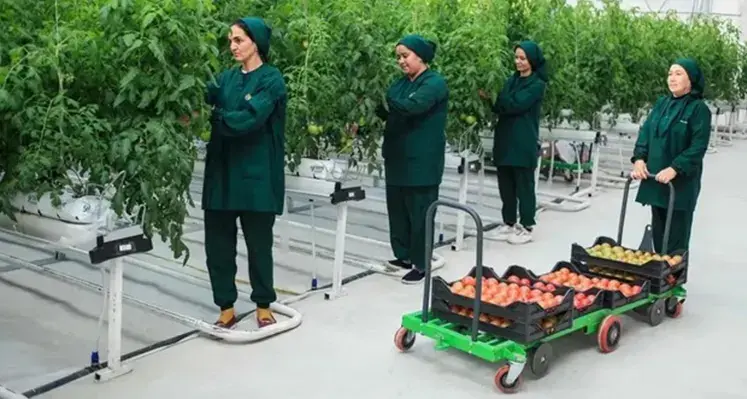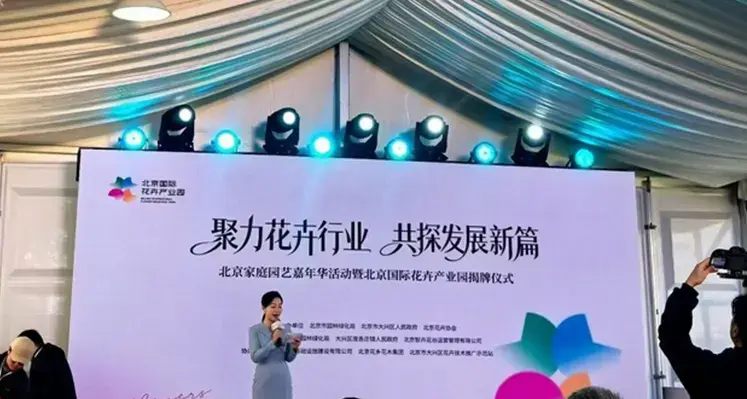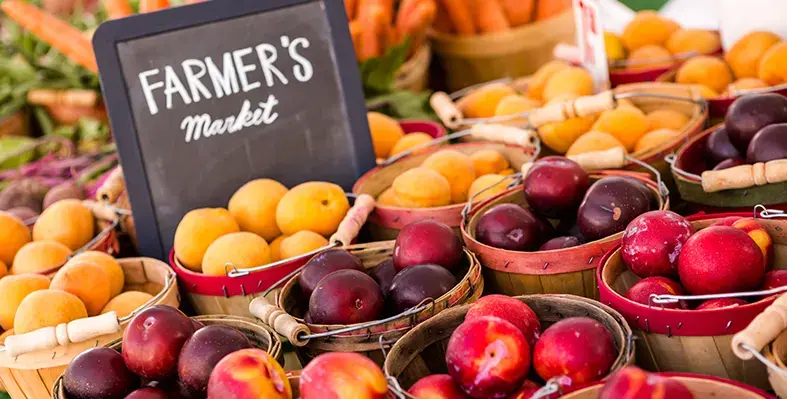
Reduco emerged as the successor, operating as the production arm of the cooperative Beyond Wood. (Image credit: Greenport West-Holland)
Turning eggplant residuals into high-performance construction panels may sound unconventional, but Dutch innovator Reduco is proving that circular building solutions can come from the most unexpected places.
According to Greenport West-Holland, these panels are fully circular, moisture resistant and fire safe, offering a promising alternative to conventional construction materials. Founder Wilfried Martens now hopes the market will adopt the product, enabling large-scale production in the coming years.
Martens did not originally come from the construction sector. After working as a dairy farmer, he decided to leave agriculture behind and pursue a new direction. A chance encounter with eggplant nursery Greenbrothers in Zevenbergen sparked an innovative idea: could residual streams from eggplant cultivation be transformed into durable building panels? This question led to the creation of Nova Lignum thirteen years ago. Although that company eventually went bankrupt, the concept itself proved resilient.
Reduco emerged as the successor, operating as the production arm of the cooperative Beyond Wood. The cooperative’s mission is to add value to agricultural residual streams for the construction industry. Initial success came from using willow residuals, and once that process was proven, the earlier eggplant concept was revived as a next step towards fully circular construction materials.
Wilfried Martens explained the reasoning behind this structure, and said, "It is important to create a high-quality building material to compete in construction, because you are dealing with competition from current products. By working together in a chain, you can create value together and strengthen each other. That is why the entire chain is represented in the cooperative Beyond Wood. It is a way to work together towards social goals and find better solutions than each on their own."
The collaboration with Greenbrothers was built on trust and shared innovation. Processing eggplant stems presented technical challenges, particularly the need for intensive manual preparation.
For now, production is paused, but momentum is building. The eggplant initiative is also featured on the Bioboost platform, which connects and promotes biobased innovations within horticulture, reinforcing the role of plant-based residuals in the future of sustainable construction.







